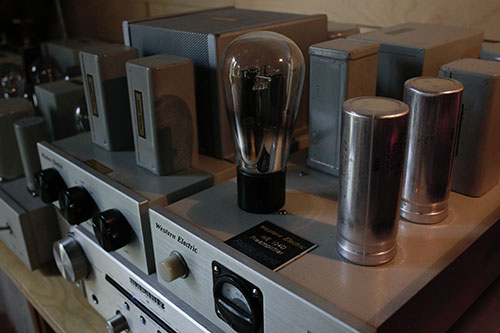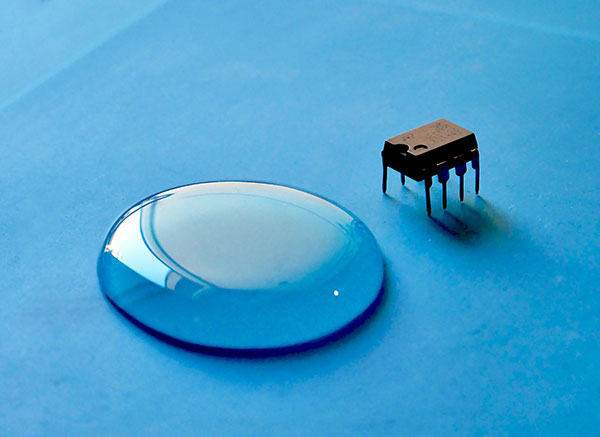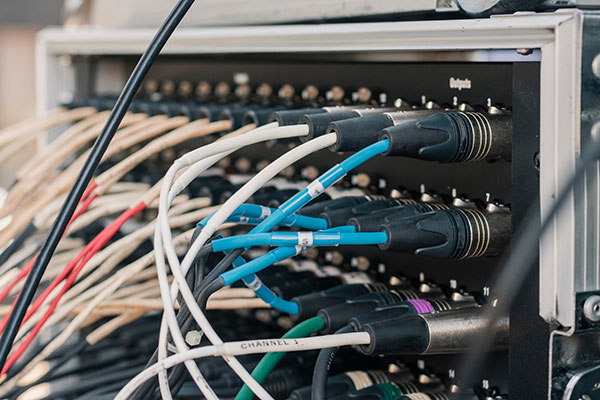Key Skills
Clients of Benden Technology benefit from years of industry experience in a broad range of design techniques.
Our philosophy of elegant design is to use the most appropriate technology, according to the exact requirements of your project. We do not “overdesign” or reach for expensive and complex technology by default.
Sometimes a project will indeed call for cutting-edge techniques, but more often well-established material used in an innovative way delivers the best outcome. And sometimes it is actively desirable to use the simplest approach possible – in situations where the cost of supporting the product is a significant factor, for example.
We also understand that different projects have different priorities – e.g. low cost, rapid delivery or out-and-out performance – and we have the experience to deliver the right solution.
Below are some key technologies used in many of our projects. If any of them would enhance your next design, please contact us.
High-quality analogue circuitry
Despite reports to the contrary, analogue circuitry has not yet entirely been usurped by digital technology. There are many legacy analogue systems that can continue to be highly effective with nothing more than targetted upgrades.
Analogue circuitry frequently offers the simplest solution with the lowest power, cost and noise.
It is actively sought-after – and therefore a selling point – in high-fidelity audio and musical applications.
Even in otherwise fully-digital systems, analogue pre-processing of signals is often required.
The physical layout of the components and circuit board can be as important as the circuitry itself in achieving high performance.
Microcontrollers
Microcontrollers are effectively a complete, self-contained computer on a single chip. It is no exaggeration to describe them as one of the most powerful tools available to the modern designer. Preparation of firmware (program code) for microcontrollers can be as significant a part of the project as hardware design.
At their simplest, they are used to add “intelligence” to products, but with their increasing integration of powerful peripherals (communication ports, analogue converters, even small amounts of programmable logic) as well, they can replace large amounts of legacy circuitry with a single device.
They enable complex yet intuitive displays and user interfaces.
Multiple versions of products become possible simply by installing different program firmware.
In the same way, enhanced features can be added at a later date.
Most have rewriteable, non-volatile storage for user options and other data.
Best of all, they are now very inexpensive (starting at less than £1) and hence becoming ubiquitous even in simple products.
Digital Signal Processing (DSP)
DSPs are microprocessors optimised for fast, real-time processing of streams of data, e.g. audio, video, sensor data. They offer functionality and performance impossible to replicate in the analogue domain, especially when many channels of data need to be handled.
Common applications include mixing, filtering, signal synthesis and signal analysis.
Digital audio systems which require more than simple input/output functionality will normally require a DSP to do the “clever stuff”.
Spare DSP power can sometimes be used to perform control functions simultaneously with data processing, but more often a DSP will be found working in conjunction with a microcontroller.
Digital Audio
The digital domain offers the ability to store, recall and extensively process audio signals with little or no degradation in quality.
For point-to-point connections, the S/PDIF (consumer) and AES/EBU (professional) formats remain common, while systems with a host PC often stream audio digitally over a USB connection.
Networked audio protocols such as DanteTM and others can carry multiple channels of audio over wide areas.
Other specialised formats are used inside equipment for the transfer of audio between circuit blocks.
Adding a customised user interface to playback of digital audio stored in flash memory or on a USB hard drive leads to a world of interactive products.
Connectivity and Communication
Many of the standard communication protocols used by PCs and consumer electronics are equally applicable to professional and industrial products and benefit from being low-cost and well-understood thanks to their widespread use.
USB and Ethernet are ubiquitous, with USB Host functionality allowing the use of commodity storage devices.
DanteTM is establishing a dominant position in networked audio. It is accessible at small-scale through off-the-shelf modules, but for manufacturers there are not-insubstantial barriers to entry.
Legacy interfaces such as RS232 and RS422/485 remain useful in some situations and still have a large installed base.
An expanding choice of wireless protocols now available, including low-power, high-speed and streaming audio.
Closed systems can use simple proprietary protocols for minimum cost.
The venerable MIDI protocol is still widely-used for musical instruments and has recently been joined by MIDI2.0 and Open Sound Control.
Production Engineering and Management
Whilst not a design technique, this is every bit as important to the success of a real-life project. We can offer assistance with getting designs into production or handle the entire production process for you as part of a full turnkey project, delivering complete full-custom products to your specification.
At its most basic, any design is only as good as the documentation that controls how it is made. Accuracy and attention to detail are critical.
Knowledge of where components can be sourced plus their cost and availability patterns are invaluable at the design stage and can save a great deal of time and anguish later in the process. This is particularly important in the current sourcing environment.
Some design approaches are simply easier – and therefore cheaper – to manufacture than others and it is important to make the right choices.






